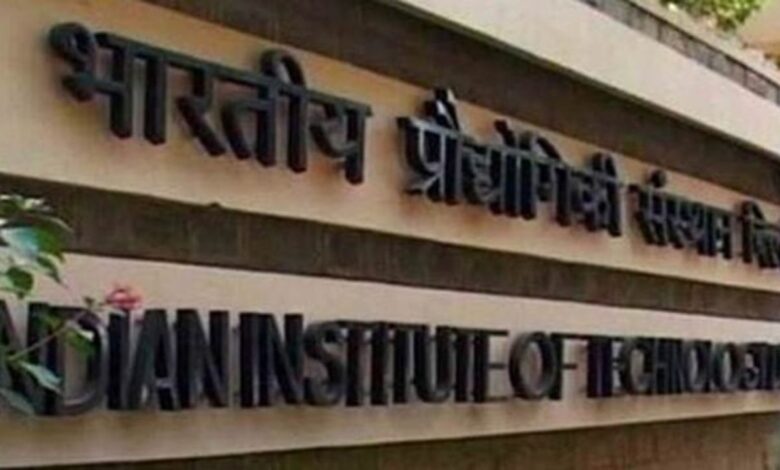3000+ Seats Vacant In IIT, NITs For BTech, MTech Courses In ‘Unpopular’ Streams – Trak.in

Recent data highlights a troubling trend in premier technical institutes like IITs and NITs, where a significant number of seats remain unfilled. This year, 276 BTech and 1,165 postgraduate (MTech/MSc) seats were vacant across 13 IITs. Similarly, 401 BTech and 2,604 postgraduate seats went unoccupied in 19 NITs. These vacancies represent a misuse of public resources and deny opportunities to aspiring students.

Factors Behind Vacant Seats
1. Outdated Course Capacities
Several unpopular branches in IITs and NITs continue to maintain high intake capacities despite limited student interest. For instance, IIT Dhanbad has 72 vacant BTech seats out of 1,125 and 234 unfilled MTech seats. Experts suggest reassessing course offerings to align with current student preferences and market demands.
2. Lack of Common Counselling for MTech
Unlike BTech courses, which have common counselling to streamline admissions, MTech programs lack this mechanism. This leads to multiple blocked seats and eventual vacancies. Common counselling for postgraduate programs could significantly reduce these gaps.
3. Fee Challenges
The upfront seat allocation fee (SAF) has sparked controversy, with some students unable to afford it. While intended to deter casual applicants, the policy may inadvertently exclude deserving candidates, as seen in a recent Supreme Court case involving a Dalit student.
Dropouts: A Persistent Issue
Dropouts further aggravate the vacancy problem. Many MTech students leave midway due to better opportunities in reputable private institutions, foreign universities, or jobs in public sector undertakings (PSUs).
Recommendations for Addressing Vacancies
- Course Rationalization: Analyze demand trends and reduce seats in less popular programs.
- Common Counselling: Introduce a unified counselling process for MTech and MSc courses to avoid blocked seats.
- Fee Reforms: Eliminate SAF or provide waivers for economically weaker students to ensure inclusivity.
- Enhance Course Appeal: Update curricula and improve industry tie-ups to retain student interest.
Conclusion
The high number of vacant seats in IITs and NITs reflects inefficiencies in admission processes and outdated policies. By adopting reforms, these institutions can optimize resource utilization and provide better opportunities for aspiring students, ensuring that no seat—and no talent—is wasted.






